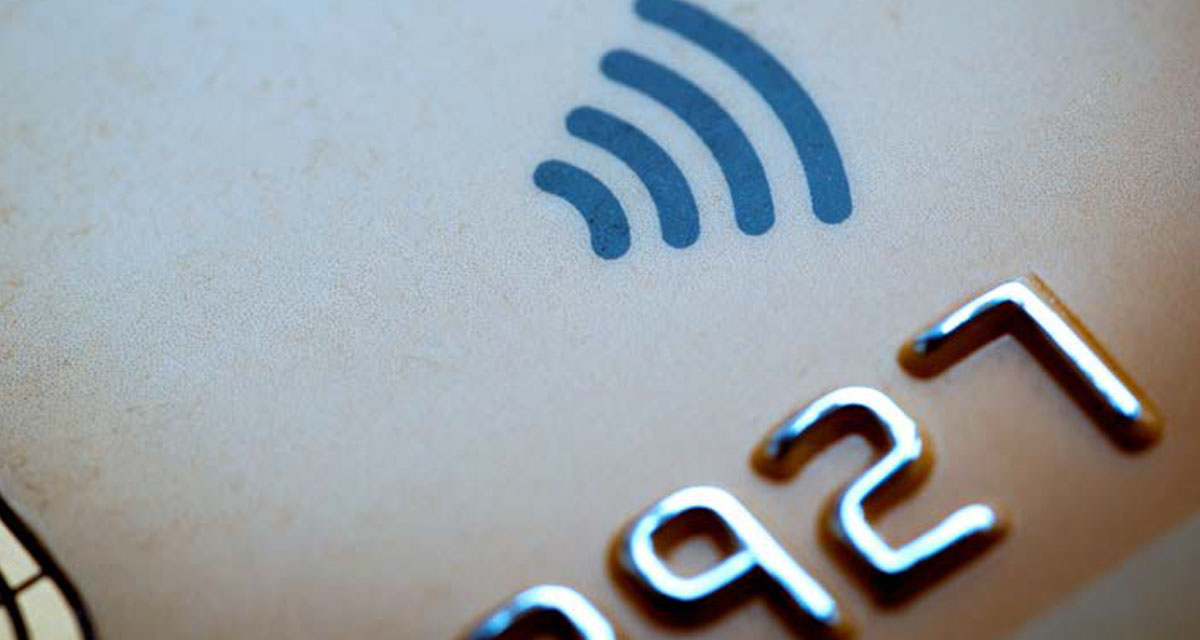While it’s hard to say which habits created by the pandemic will stick, it’s clear that consumer attitudes around digital services have accelerated. The importance of technology in helping Americans cope with crisis is shaping what will become our post-pandemic money habits.
These shifts are situated at the crux of many trends and are anticipated to have long-term impacts on consumer attitudes, from how we shop, to how we bank, to how we save.
Online Grocery Shopping
No surprise here: use of online grocery delivery and pickup services has steadily increased. Both order frequency and household penetration are continuing to rise, according to the June 2020 Grocery Shopping Survey from Brick Meets Click/Mercatus. Online grocery sales grew more than 9% month-over-month to a record-setting $7.2 billion in June, compared to May’s $6.6 billion.
Those figures tower over the August 2019 total of $1.2 billion. The total number of customers who ordered groceries online for delivery or pickup reached 45.6 million in June, compared to 43 million in May, the study reported, adding that just a year earlier, the total was 16 million.
More retailers are following suit. In June, Target announced it would enhance pickup and drive up services to include fresh and frozen grocery items. More than 400 stores will have the service by the end of June and more than 1,500 will have it by the holidays. Target’s fresh grocery program is free, and doesn’t require a minimum order amount.
Contactless Payments
While contactless payment through Apple, Google and Samsung pay have been offered for years, beyond Gen Z and Millennials, adoption has been slow. As consumers seek out ways to quickly get in and out of stores without touching terminals, demand for payments that reduce contact at the point of sale has amplified due to the pandemic.
Credit card issuer MasterCard said that it had seen more than 40 percent growth in contactless transactions globally in the first quarter of 2020. Further, 80 percent of contactless transactions were for less than $25, a range typically dominated by cash.
American Express said in a May survey, many businesses are adopting contactless because it is faster than cash and more convenient than swiping, adding that 58% of consumers who have used contactless payments in the past are more likely to use them now than ever before.
Hurdles do remain. A June survey from CompareCards by LendingTree found only 51% of consumers surveyed could correctly identify the wave-like symbol (pictured, top left in this article and resembling a WiFi logo turned on its side) on credit cards that signifies contactless payment capabilities, and that familiarity and usage varies by gender and generation.
Entertainment
With all of this time at home, changes in entertainment consumption are taking place. A May survey from Vivendi Brand Marketing takes stock of these changes, and found that 89% of respondents discovered new forms of entertainment during the pandemic that they had not previously considered, including digital media and services.
Overall, 71 percent tried out a new digital activity, 60 percent stated that they used more paid services than before and for one in five, it was even the first time they had paid for such services. Television programs, movies, and television series topped the list, while reading books rose 22 percent, with even higher percentages for families with children.
The survey indicated new practices look set to stay, with half of the respondents intending to change their former habits for good, and 23 percent saying they want to consume more digital content at home, especially families with children.
Emergency Savings
One of the major lessons of the pandemic is the importance of creating emergency savings to prepare for financial shocks. A new Bankrate survey released in June said Americans’ top financial regret was not having enough emergency savings to withstand the crisis.
Bankrate added that 28 percent of American adults have no emergency savings, and that while one in four have a rainy day fund, it is not enough money to cover three months’ worth of living expenses. The survey showed Americans biggest financial priority going forward is paying down debt (22 percent) and saving for emergencies (17 percent).
One way technology can help: automated saving helps eliminate temptation and gets consumers in the habit of saving money.
And how much is enough for an emergency fund? Experts typically cite three months, but financial fitness guru Suze Orman says that’s not enough. She recommended in June on the Pivot podcast that an emergency fund should cover expenses for eight months, “so that at times like this, if you lose your job, you don’t have income, nothing’s coming in anymore, you can still pay your bills and you don’t have to freak out.”
Federally insured by NCUA.






















